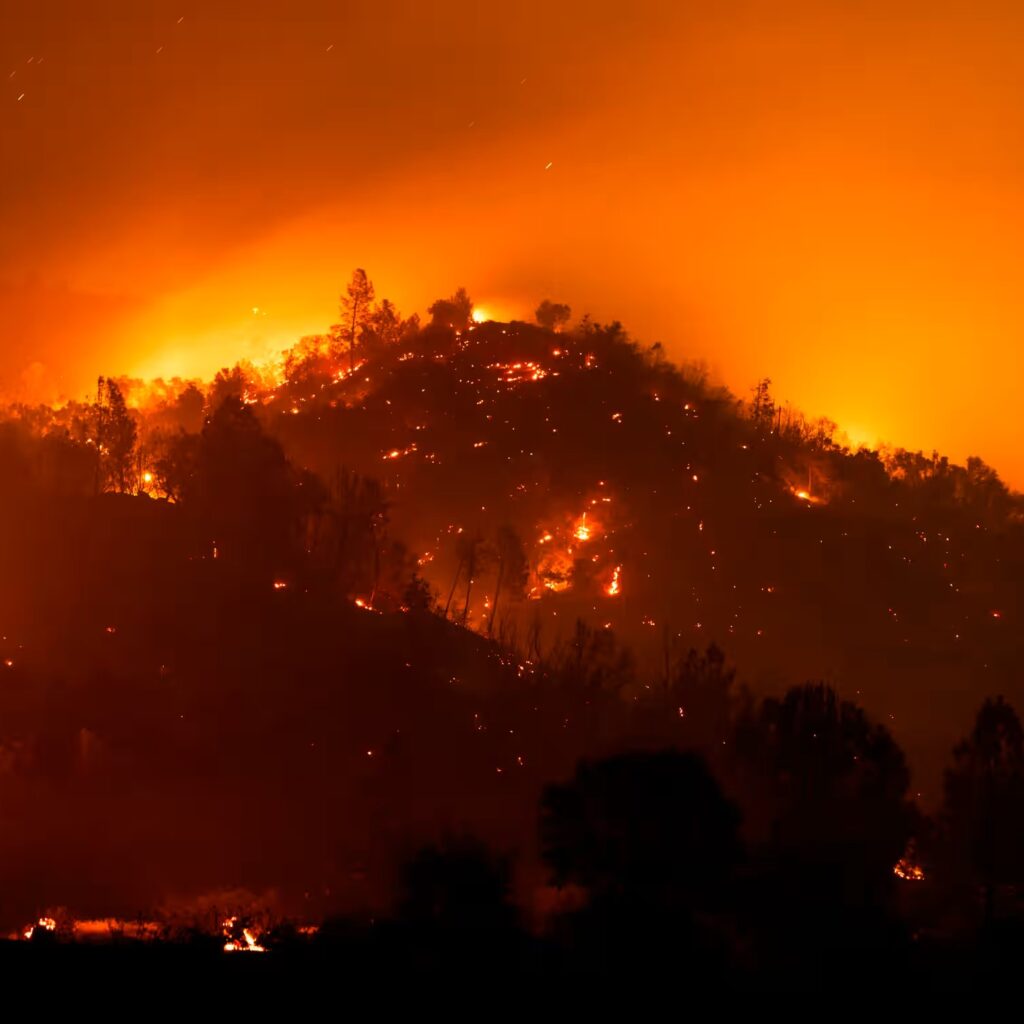
A heatwave warning remains in effect for large parts of Queensland, with temperatures soaring up to 42°C in several regions. The Bureau of Meteorology has issued severe heatwave warnings, particularly impacting the northwest and inland areas of the state. By midday, Mount Isa recorded a scorching 40°C, Longreach reached 41°C, and Richmond topped out at 42°C. Meanwhile, Brisbane recorded a high of 31°C.
The extreme weather intensified on Tuesday night, prompting over 500 residents to evacuate the small border town of Dirranbandi, situated six hours west of Brisbane. Two rapidly advancing grassfires threatened the community. Despite an urgent “leave immediately” warning issued around 8 p.m. AEST, about 45 residents chose to stay behind.
By Wednesday morning, approximately 80 people had arrived at an evacuation centre set up in nearby St George. Queensland Police declared an emergency under the Public Safety Preservation Act, coordinating the evacuation and providing assistance throughout the night to ensure residents’ safety. Read More
News Credit: The Guardian
Picture Credit: Windy.com











